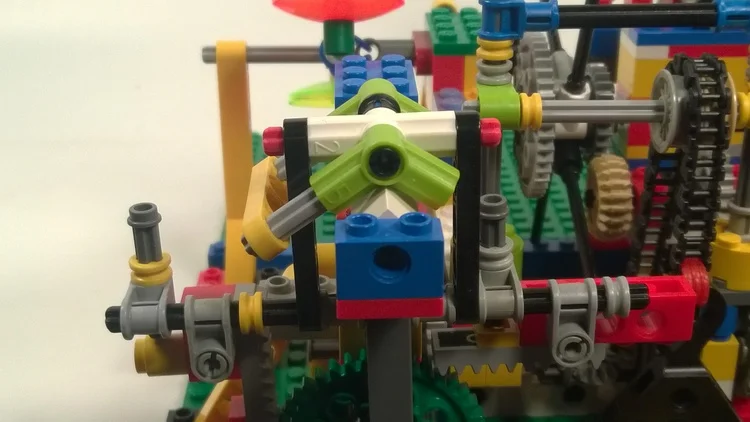The epitome of an inventor is Thomas Edison, right? A lone genius who invents the light bulb in flash of insight. Unfortunately, that image places the inventor/scientist on a pedestal so high that it is out of reach for young people. It's also not the way innovation works.
Edison wasn't the inventor of the lightbulb. Seriously. Over 20 inventors before Edison created lightbulb prototypes, dating all the way back to Humphry Davy's work in 1809, more than 70 years before Edison filed a lightbulb patent. What Edison did do was make the first practical long-lasting lightbulb. And by inventing an integrated system of electric lighting, he created an entire industry.
Edison didn’t find a solution overnight. He experimented with hundreds of materials for over a decade and finally commercialized a filament made from carbonized bamboo. He also didn’t work alone. Instead, he hired the best and brightest—from machinists to chemists—who helped refine his ideas and carry out experiments. He was also friends with Henry Ford, Harvey Firestone, and other innovators and they talked often about their ideas.
Later in his career, when Edison was working on developing storage batteries, he experimented with over 10,000 different materials. In the biography Edison: His Life and Inventions (Dyer and Martin), Edison’s associate Walter Mallory recounts seeing Edison in the laboratory surrounded by hundreds of materials that hadn't produced anything approaching a solution, after working seven days a week for more than five month. Mallory remembers:
In view of this immense amount of thought and labor, my sympathy got the better of my judgment, and I said: "Isn't it a shame that with the tremendous amount of work you have done you haven't been able to get any results?" Edison turned on me like a flash, and with a smile replied: "Results? Why, man, I have gotten lots of results! I know several thousand things that won't work!"
Edison understood the key to being a successful inventor was mostly the result of hard work, rather than a flash of inspiration. He used to say that “Genius is one percent inspiration, ninety-nine percent perspiration." The next time you think of an inventor, or have to explain to a young person what an inventor is, try this:
- Inventors are everywhere, in every industry, and every walk of life. Technology, textiles, furniture, automobiles, appliances, space travel, robotics, and bionics are just a few of the innovations being worked on today.
- Inventors have a lot more wrong ideas than right ideas. Successful inventors don’t give up.
- Inventors mostly refine the work of others, building on discoveries and innovations to make better products and processes often just one small improvement at a time.
- Inventors usually don’t make the final product in moment of inspiration. Today’s products evolved through the work of numerous inventors.
- Inventors persist through many trials before reaching the eventual solution (which then seems obvious). They think, sketch, build, experiment, research, and discuss.
200 years ago, Humphrey Davy illuminated a thin strip of platinum. 70 years later, Edison created an incandescent light bulb, but not the one we've been using for several decades. Coiled tungsten filament has replaced the loop of carbonized bamboo that Edison used. His vacuum was replaced with an inert gas inside the bulb. And now, incandescent bulbs are being replaced by other types of electric light.
The light goes on.




